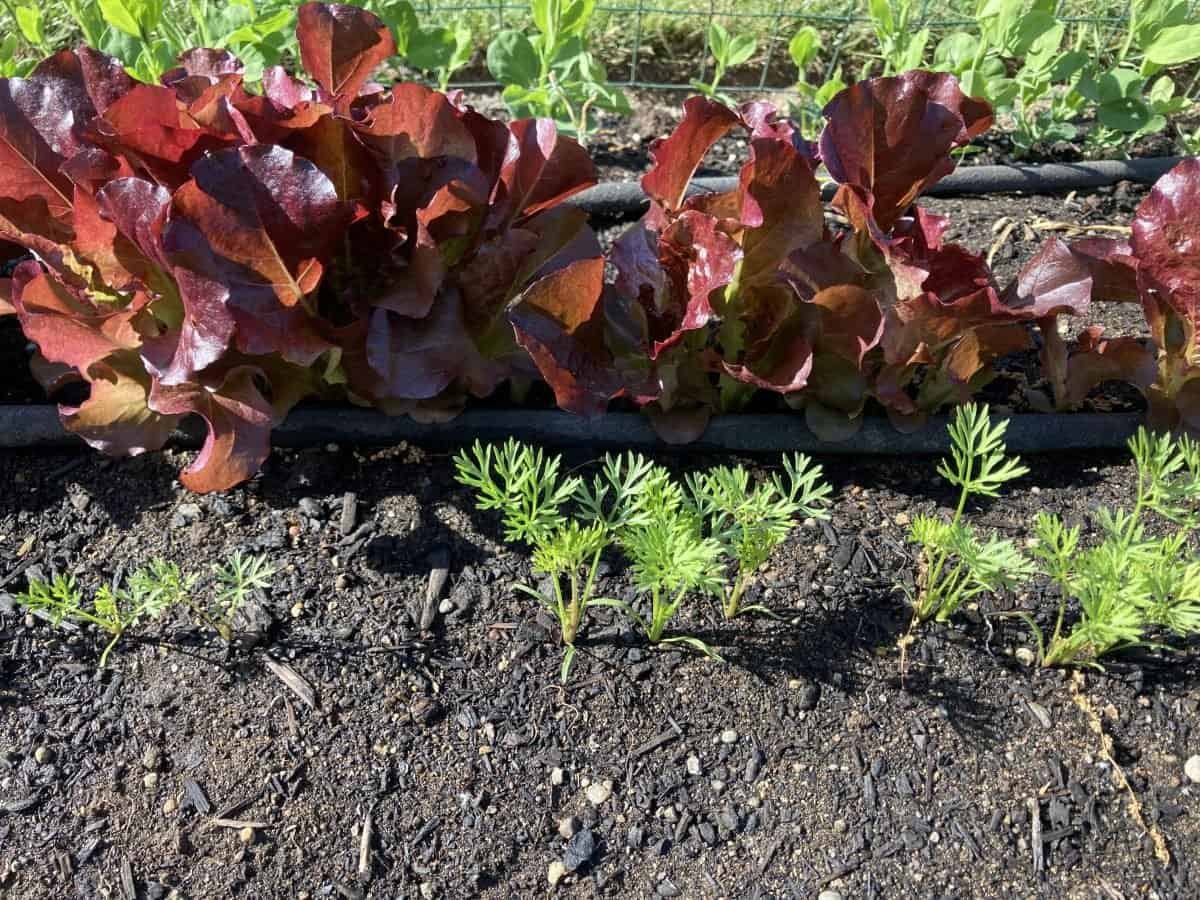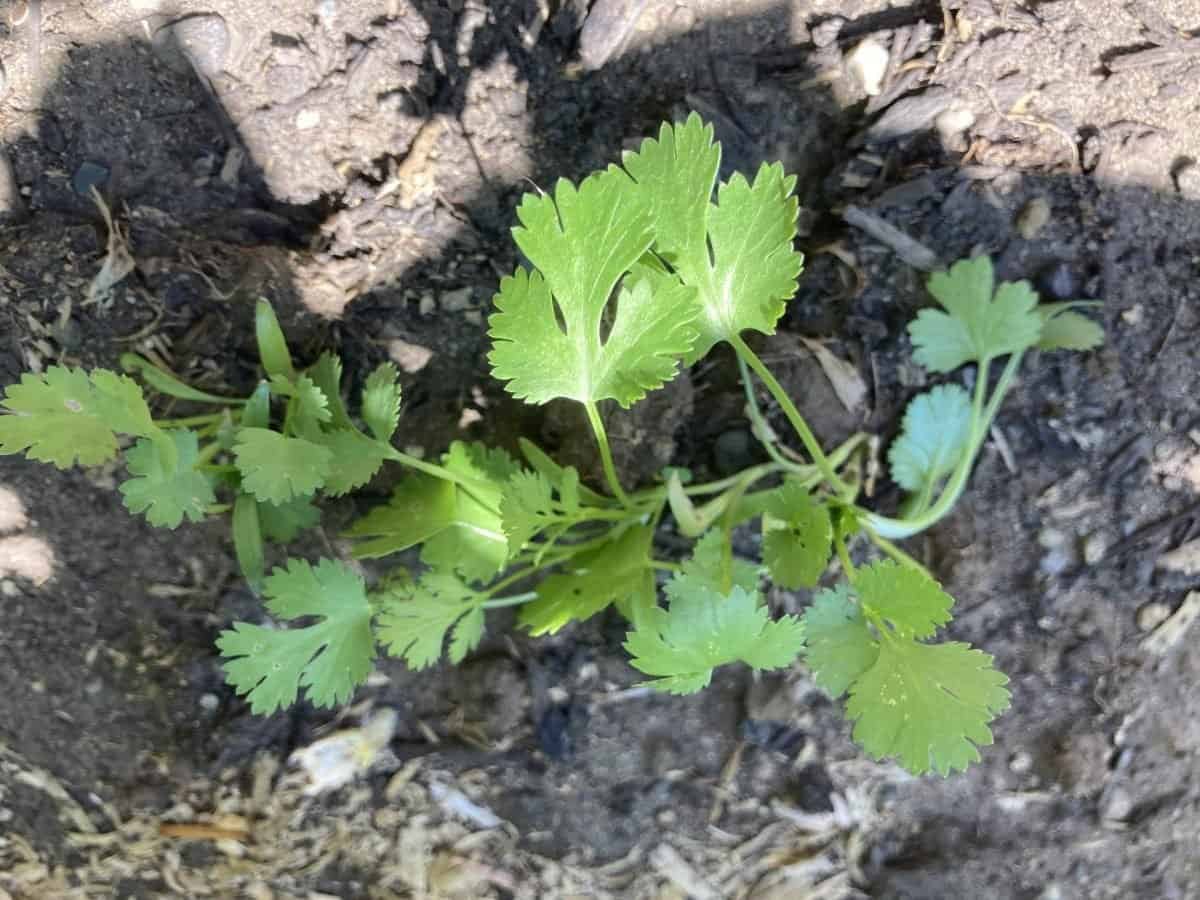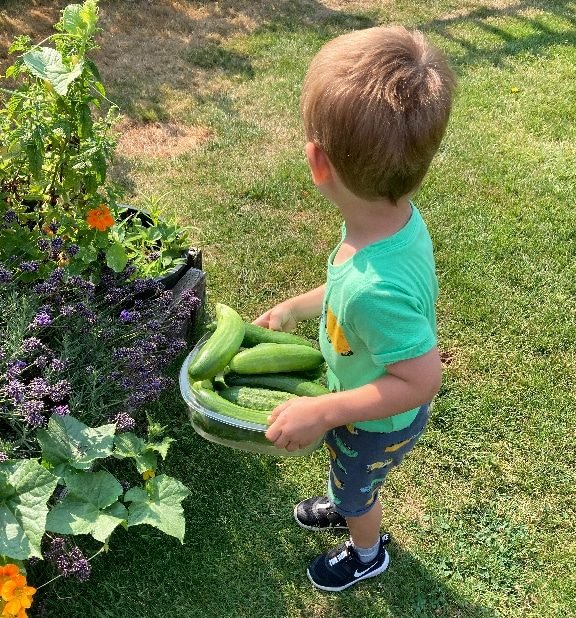
To have the best soil come Spring you need to do a few things to protect your soil from the Winter weather. In this post, we will explain how these free leaves can be one of the greatest ways to protect and feed your garden all winter.
It is critical to know how to protect your soil from Winter weather.
The topsoil can be damaged by winter rains, snow, freezing temperatures, and even the wind if left uncovered and bare. Not only can these conditions deplete the soil of essential nutrients but they can also compact the soil and cause soil erosion.
Freezing temperatures can cause damage to the garden soil by causing the soil to heave and damage the permeability of the soil. If you have plants that are unprotected the ground freezing without protection around the plant can actually cause the plant to be uprooted and pushed to the surface where the roots of the plants can be damaged.

This is why it is critical to not only protect your bare garden but also around plants by adding a layer of leaves or mulch to keep the ground warmer and less likely to freeze.
Rains pounding the unprotected soil can create several issues. One of which is pushing soil nutrients deep beyond the reach of the roots of plants that you plant in the Spring. Another issues is compacting the soil causing puddling which can make it difficult for plants to grow since the roots of plants prefer a lighter soil where they can grow much easier.
Leaves can also add a place for pollinators to over-winter protected from the rain, snow, and cold temperatures, it also may be a place where pests like slugs and snails will shelter over the winter so it is important to clean the area up before planting in the spring or use traps like beer traps to eliminate the harmful pests.
As the leaves break down over the winter, they will add nutrients back into the soil and they can break down to add a beneficial element to the soil for worms.
If you have the time in late Winter or early Spring you can mix the leaves into the soil to loosen up the soil and add beneficial nutrients into the soil.
By using a free resource like leaves you can know how to protect your soil from Winter rains, snow, and cold temperatures that will benefit your garden come Spring.
I ask neighbors to take the leaves and grass they have mowed up in the Fall to deposit them in my garden for me to spread over the garden providing a nice winter blanket. Most neighbors are eager to help by providing their leaves and grass clippings.
When I use grass clippings I mix them with the leaves, 70% leaves to 30% grass clippings to place in the garden. If you use too much grass clippings it can cause a barrier not allowing any water to pass through the grass which can damage the soil in other ways.
There are some leaves to avoid using in your garden:
Black Walnut these leaves and nuts produce a chemical called juglone which can create major issues with your vegetable garden and other garden plants.
Horse Chesnut leaves produce esculin which can be absorbed by your plants and the fruit which if eaten can cause stomach issues.
Oak leaves will not damage your garden but they take much longer than one Winter to break down and add nutrients to the soil and can reduce the amount of nitrogen absorbed in the soil. If you use Oak leaves you should blend in with other beneficial leaves to offset any nitrogen issues.
Beech and Holly leaves contain lignin which takes longer to break down, it is recommended to not have more than 10% of these leaves when covering your garden.
The best leaves to use in your garden are maple, cottonwood, fruit, and sweetgum leaves for the maximum benefit to your soil.
Once you have provided a good blanket of leaves on your garden you can relax and plan out your garden plantings for next year.




